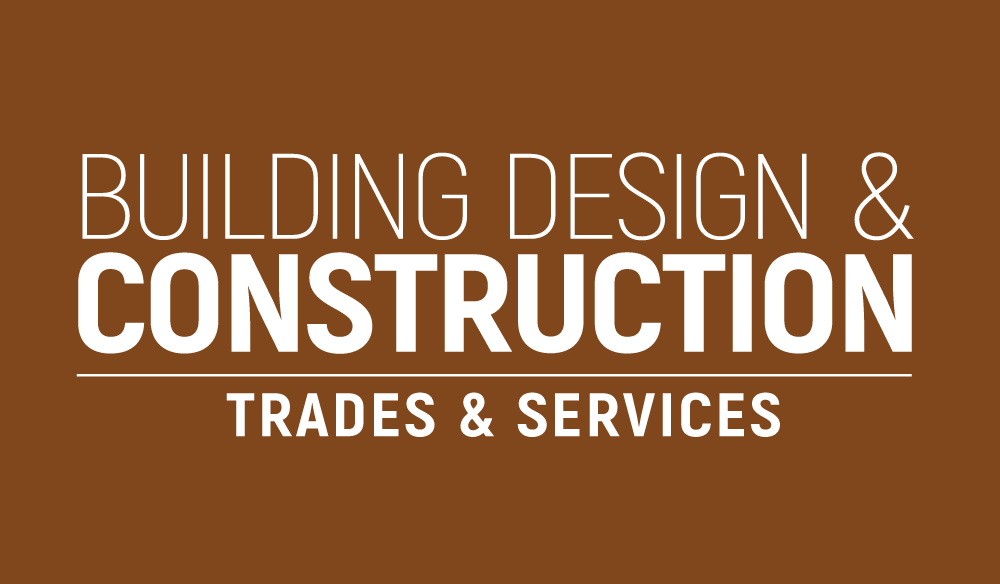Skanska delivers facilities management (FM) with a focus on sustainability and customer service. Supporting more than 65 organisations across over 3,000 locations nationwide, here we explore how they use SMART technology to create ‘healthy’ buildings that their customers love.
“FM is all about people and culture” declared Adam McDonald, Managing Director of Skanska’s Building Services operation, when we sat down together. Adding, “We value and take care of our people with an injury-free environment (IFE) approach. I’m proud to say we have a culture of care and support, which enables us to deliver the best front-line service to our customers.”
If anyone’s at the forefront of putting the customer first, Skanska certainly are. As a company that develops, builds and maintains some of the UK’s iconic buildings including the Gherkin and MoD Main Building, Skanska really are at the forefront of developing the best offers for their customers. It’s going down well too – their research shows that 70% of existing customers have worked with their facilities management team for at least 10 years or more. But how do they do it?
Sustainability is a much talked about focus right now, as Skanska’s customers continue to enquire about how it can better assist them to achieve their goals. Laura Mayhew-Manchon, Environmental Manager, said: “We’re pushing the boundaries in carbon reduction – we’ve set a target of net zero carbon reduction by 2045, and we’re including all of our supply chain, not just our own immediate operations.”
But you need to have the right team and processes in place to make sure commitments stick, which is where the company’s embrace of technology benefits them.
We were keen to delve into how other organisations can use technology to make a difference, both internally and to customers. So, we asked Laura: What are the most consistently missed tech opportunities?
Laura revealed, “Better connected assets and equipment will support improved building user experience, use and functionality. That’s the first thing. But ultimately, for FM teams, the data these produce and how we use and interpret it is key in delivering effective, efficient FM that drives optimal building performance.” This supports IWFM’s research that better understanding of technology and data, which includes upskilling existing staff as well as bringing new skills in, is crucial to better performance. In turn, this can create ‘healthy’ buildings.
So, what defines a ‘healthy building’? According to Laura, “spaces where the relationship between the building, energy, occupant satisfaction and wellbeing is reviewed continually.” Those final words, ‘reviewed continually’, are undoubtedly the most important. Much of the profession implements change and then forgets to make time to review those changes and to develop them for better results. But, if we’re to see meaningful change in our profession, it’s something we absolutely must do.
Acknowledging how customers, or communities, engage with buildings is crucial. “You also need to design the delivery solution around the customer. For example, our City of London contract has delivery teams aligned to customer type rather than geography,” said Adam McDonald. Adding, “Procuring the supply chain sustainably and locally helps, too. We have committed to procuring within a certain radius of contracts, paying them on time (Skanska adheres to the fair payment charter) and training them via the Supply Chain Sustainability School.”
Which brings us to our final point: What’s next? For Skanska, it’s about having “engaged, well-trained, positive people to help drive quality FM service delivery. As a profession, we need simpler and more effective procurement models that are driven by service quality rather than price,” Adam said.
So, what did we learn?
Sustainability is top of the agenda, and that can be driven by technology. As a profession, we need to upskill and make sure we always put the customer first, and those customers can differ considerably from building to building. We must also aim to create ‘healthy buildings’ – spaces where the relationship between the building, energy, occupant satisfaction and wellbeing work as one and, more importantly, is reviewed continually.
Skanska is sponsoring this year’s IWFM Awards. Find out more about they’re current work through the Awards website.





